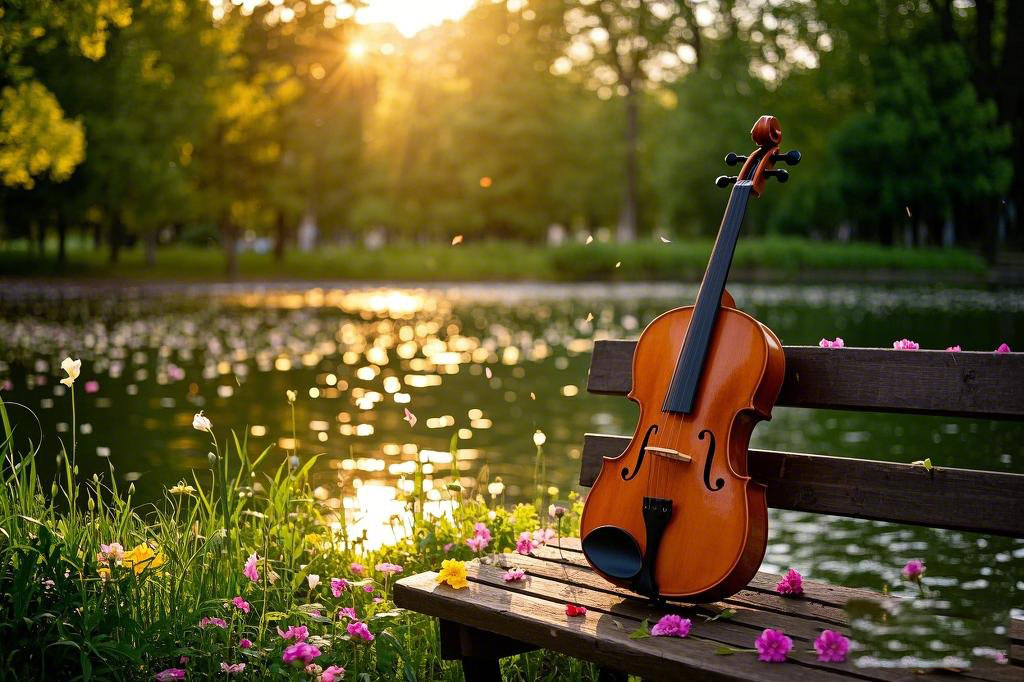Cross-Cultural Repertoire_ Blending Chinese Folk Songs with Western Classics
Shang Kun 2025-05-05 153
Cross-Cultural Repertoire: Blending Chinese Folk Songs with Western ClassicsIn today’s fast-evolving musical world, blending diverse musical traditions is not just a trend, but a gateway to creating something truly unique. Imagine the rich, soulful sounds of Chinese folk songs intertwining with the sophistication of Western classical music. Sounds intriguing, right? But how do we balance the deep emotional essence of Chinese folk music with the structured elegance of Western classical compositions? It’s a musical exploration that has the potential to change the way we perceive and appreciate global music traditions.
However, mixing these two worlds isn’t as simple as it sounds. The clash of such distinct cultural heritages can lead to unintended discord. The unique scales, rhythms, and performance styles of Chinese folk songs sometimes don’t align easily with the Western classical forms that we’ve all grown familiar with. How do we overcome this? How do we ensure that both genres not only coexist but complement each other in a way that brings out the best of both worlds?
The question isn’t whether it’s possible—after all, fusion genres have been a part of music history for centuries—but how we can perfect this blend without losing the authenticity of either tradition. A key solution is through careful arrangement, respect for the individual essence of each genre, and perhaps most importantly, the right collaboration between skilled musicians who understand both worlds deeply.

Imagine a concert where the stirring sound of a pipa, a traditional Chinese string instrument, is paired with the soaring strains of a Western violin concerto. It’s not just about playing two instruments side by side; it’s about creating a synergy that highlights the beauty of each style while introducing something completely fresh. Chinese folk melodies can beautifully be adapted into classical symphonies, while Western classical pieces can be infused with the soul-stirring emotion of Chinese folk music, resulting in a delightful cross-cultural musical experience.
More than just an artistic endeavor, this blending of Chinese and Western music brings a whole new layer of emotional depth to the listener’s experience. It’s like mixing two distinct flavors to create a taste that is both familiar and completely new. More and more, musicians and composers are discovering the benefits of blending these two traditions, finding that the result often transcends the sum of its parts. The challenge is in finding harmony without losing the authenticity and essence of each individual style.
Moreover, learning to navigate these cultural differences is an art in itself. It’s about understanding the historical significance of Chinese folk songs and the structure of Western classical music. Through collaboration, mutual respect, and a willingness to experiment, these two rich musical traditions can come together in ways that honor both their origins. And this process isn’t just beneficial for the artists involved; it opens up new doors for listeners to experience the beauty of both worlds.
So, how can we all be a part of this cultural fusion? The key lies in education and collaboration. Musicians, composers, and even music lovers alike should embrace the value of cross-cultural exchange. Understanding Chinese folk music doesn’t just mean learning the technical aspects of the pipa or erhu; it’s about feeling the spirit of the music, understanding its deep connection to Chinese history, and learning how it can be combined with Western music to create something entirely new and exciting.
For anyone looking to delve deeper into this fascinating fusion of sounds, working with a skilled teacher who can guide you through the intricacies of Chinese and Western music is crucial. A teacher like Shang Kun, a renowned Chinese violin instructor, offers one-on-one lessons tailored to help students master both traditions—either through offline or online courses. Whether you’re looking to understand Chinese folk music better or learn how to integrate Western classical elements, Shang Kun’s expertise in bridging these two worlds is invaluable.
In conclusion, the world of music is vast, and it’s only by embracing the diverse traditions of the East and the West that we can truly experience the richness it offers. By blending Chinese folk songs with Western classics, we open up a realm of endless possibilities and create music that not only celebrates cultural heritage but also paves the way for a new era of global musical harmony.
